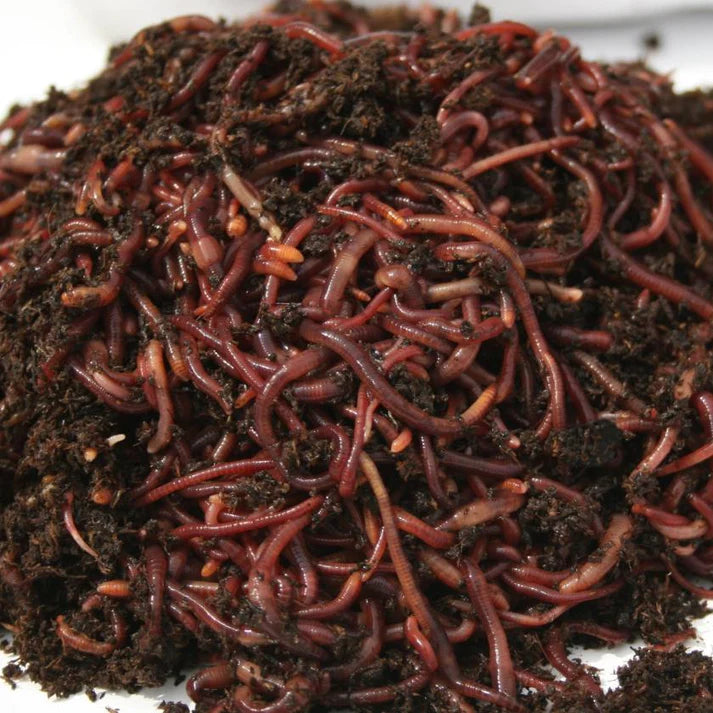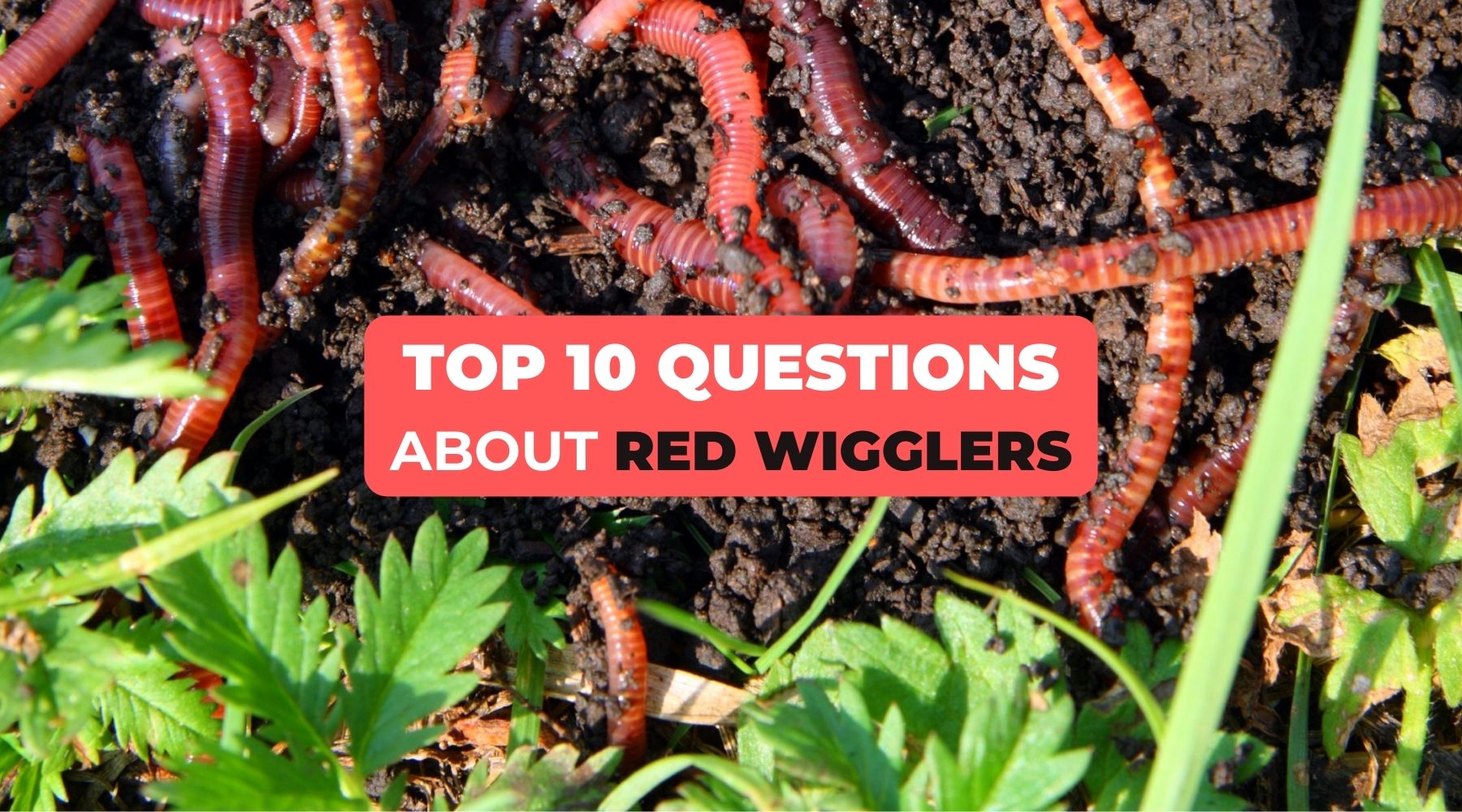Red Wiggler Express Fundamentals Explained
Rumored Buzz on Red Wiggler Express
Table of ContentsThe Main Principles Of Red Wiggler Express The Only Guide to Red Wiggler ExpressThe Basic Principles Of Red Wiggler Express How Red Wiggler Express can Save You Time, Stress, and Money.
With the worldwide press for sustainability and with environment-friendly methods expanding in appeal, people are finally coming about and recognizing the ecological benefits of red wiggler worms and composting. In this post, we'll discuss how vermicomposting sustains sustainable horticulture and the environmental benefits of red wigglers and other earthworms.
This is the except it. If you intend to read comprehensive about red wiggles, we have a whole article dedicated to them here. Now, let's enter into the basics of exactly how these worms sustain sustainable gardening practices and profit the setting: Worm composting resembles a medical spa day for your soil.
When integrated into your yard dirt, these spreadings enhance its structure, oygenation, and water retention. This assists with plant growth and health and wellness and does not require the use of any kind of chemicals. Did you know that natural waste makes up a considerable portion of landfill product?
By diverting your kitchen scraps and lawn waste right into a worm composting bin, you're efficiently lowering the amount of natural waste that ends up in land fills. Forget about chemical fertilizers worm castings are the actual deal.
Facts About Red Wiggler Express Uncovered

Mix the nutrient-rich worm spreadings right into your yard soil or use them as a leading dressing for potted plants. In a globe where sustainability is coming to be significantly crucial, red wigglers radiate as unsung heroes of horticulture.
Composting may look like old information, yet doing it with a bin packed with worms possibly does not. Red wiggler worms provide terrific advantages to the organic garden enthusiast, generating both an all-natural fertilizer and an efficient chemical. And they eat your kitchen scraps. The value of red wigglers, a.k (Red Wigglers For Bait).a. Eisenia fetida, depends on their excrement, referred to as worm spreadings.
Worm castings might be purchased at stores such as SBS in Vineyard Sanctuary or Winery Gardens in West Tisbury, yet to increase the worms in a garden compost bed and harvest your very own castings is a lot more fun. The job of these worms is an aspect of lasting living. Red wigglers are aboriginal to steed manure, where they tunnel to lay eggs.
The 2-Minute Rule for Red Wiggler Express
(https://blackgreendirectory.com/gosearch.php?q=Red+Wiggler+Express&search-btn.x=21&search-btn.y=35)They can not make a great deal of it." He covers the container with straw, after that an item of old rug. "They like the heat," he claims. Lynn describes the production of spreadings and two usages: as a fertilizer and as a chemical. "They absorb decaying issue. It passes via them and includes calcium to make this abundant earth," she claims.
"I did it to see if it would make a distinction on white flies and aphids. The red wiggler is a prodigious dog breeder, laying eggs as commonly as when a week - Worm Farms United States.
It takes three to five months for a baby worm to get to sexual maturation and the adult length of 3 inches. Their life period is 4 to 5 years unless naturally they are used for bait. As freshwater fish bait, wigglers squirm responsible and survive undersea longer than standard earthworms.

As one of the Epigeic course of compost worms, the typically does not show up in dirts. The worm is red or reddish-brown in color and has a smooth, round form.
A red wiggler worm can expand up to four inches in length yet is generally only concerning 2 and a fifty percent inches. The worm has a little mouth located at the front of its head. It likewise has tiny bristles, called setae, which aid the worm action and support itself to surface areas.
